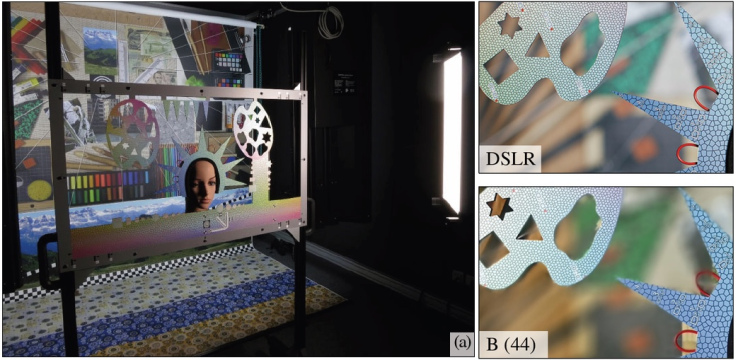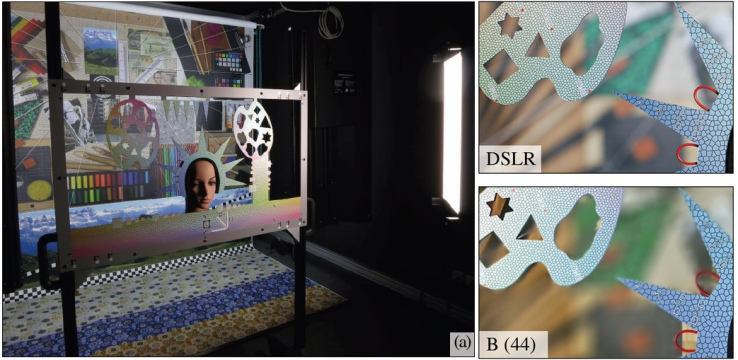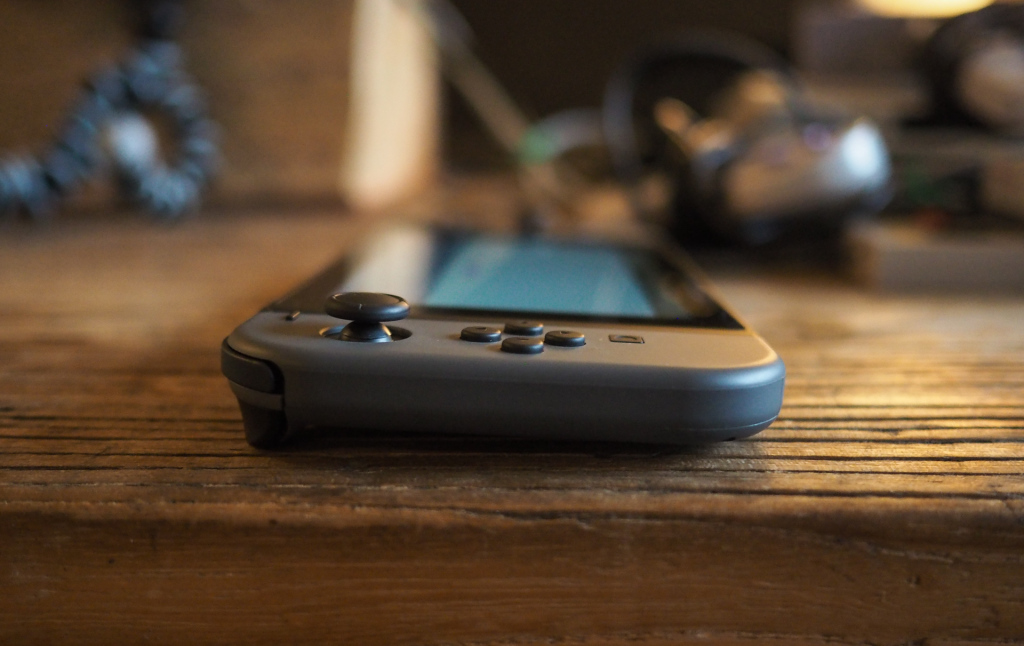
The pixel-peepers over at DxOMark have shared some of the interesting metrics and techniques they use to judge the quality of a smartphone’s artificial bokeh, or background blur in photos. Not only is it difficult to do in the first place, but they have to systematize it! Their guide should provide even seasoned shooters with some insight into the many ways “computational bokeh,” as they call it, varies in quality.
Generally the effect created by an SLR with a good lens open wide, leading to smoothly blurred backgrounds and predictably shaped light points, is the gold standard.
The advantages and disadvantages of artificial background blur, as found in most flagship phones these days, come from the basis they all have in dual cameras. By using both cameras to capture information about a scene, then using that information to determine a depth map and blur out things beyond a certain distance or object, a passable simulation of the SLR’s effect can be created.
But of course it can be done well or poorly. There are telltale signs of having taken this shortcut, many of which the DxOMark review team has identified and fit into their review schema. Some are expected, while others are a bit surprising. But they all show up in the rather crazy test setup concocted to provoke these undesired behaviors.
For instance, you probably know that these artificial bokeh systems occasionally blur out pieces of the bits they’re meant to keep sharp — a curl or hair, a hand or nearby plant. That’s points off, of course, but real background blur also ramps up smoothly on either side of the focal point, meaning things near the sharp part will be only slightly blurred, while items far away like distant lights will be reduced to circular smudges.
For a phone to simulate that, it would need to calculate an accurate depth map for everything in the scene and render the blur progressively. That kind of processing costs time and battery, so few do anything like it. Still, it’s what they should do if they’re imitating this optical phenomenon — so DxOMark grades them on it.
That’s only one of several pieces of the puzzle, however, so read the rest and next time you read one of the site’s reviews, you’ll have a bit more insight into where all those points come from.



